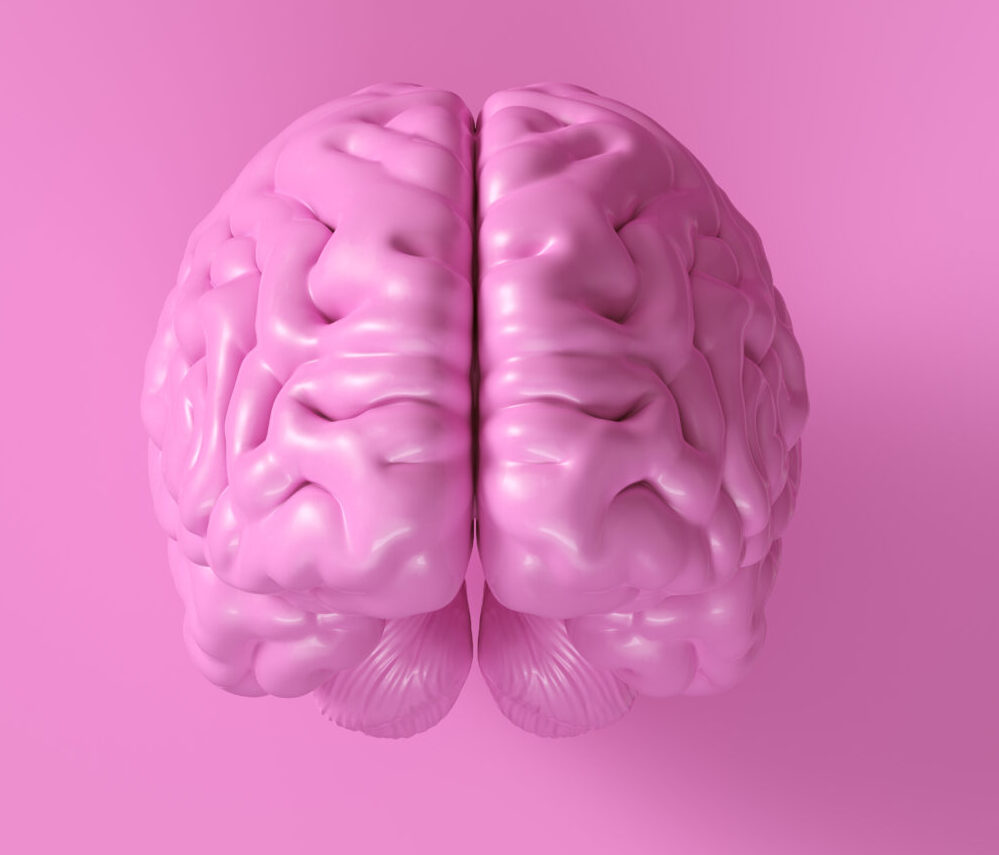Exploring the Interplay Between Brain Energy Metabolism and Cognitive Decline
**Exploring the Interplay Between Brain Energy Metabolism and Cognitive Decline**
Cognitive decline, often seen in conditions like Alzheimer’s disease, is a complex issue that involves various factors. One crucial aspect is how the brain’s energy metabolism affects our thinking and memory. Let’s delve into this interplay and understand what research has revealed.
### Brain Energy Metabolism
The brain is a high-energy organ, using about 20% of the body’s total energy expenditure despite making up only 2% of its mass. This energy is primarily derived from the breakdown of glucose and fatty acids, which are converted into a molecule called adenosine triphosphate (ATP). ATP is the energy currency of the cell, powering all cellular activities, including those in the brain.
### Mitochondrial Dysfunction
Mitochondria are the powerhouses of cells, responsible for producing ATP. In the context of Alzheimer’s disease, mitochondrial dysfunction has been identified as a key factor. This dysfunction can lead to impaired ATP synthesis, oxidative stress, and neuronal survival issues. Research has shown that tau and amyloid-beta proteins, which are hallmarks of Alzheimer’s, can worsen mitochondrial and synaptic dysfunction, further exacerbating cognitive decline[1].
### Adult Hippocampal Neurogenesis
Another critical aspect of brain health is adult hippocampal neurogenesis (AHN). This process involves the generation of new neurons in the hippocampus, a region essential for memory formation. Abnormalities in AHN have been linked to cognitive impairment in various diseases, including Alzheimer’s. Targeting and regulating AHN has shown promise in improving cognitive deficits, but the underlying mechanisms are not yet fully understood[2].
### Circadian Rhythms and Cognitive Decline
Circadian rhythms, or our internal body clocks, play a significant role in regulating brain function. Disruptions in these rhythms, such as those caused by shift work or irregular sleep patterns, can lead to cognitive decline. Research has shown that mice exposed to shifted light-dark cycles exhibit impaired cognitive performance and altered immune cell regulation, which are closely associated with the expansion of splenic B cells and changes in microglia in the brain[3].
### DNA Methylation and Depression
DNA methylation is an epigenetic modification that affects gene expression. In Alzheimer’s disease and depression, DNA methylation patterns have been linked to cognitive impairment and depressive symptoms. For instance, certain CpG sites have been found to correlate with Geriatric Depression Scale scores, suggesting a potential link between DNA methylation states and depression levels[4].
### Reductive Stress and Cognitive Impairment
Reductive stress, characterized by an imbalance in the ratio of nicotinamide adenine dinucleotide (NAD+) to its reduced form NADH, has been associated with cognitive impairment in psychotic disorders. Participants with greater cognitive impairment showed lower NAD+/NADH ratios and reduced creatine kinase activity, indicating more reductive stress and decreased energy metabolic rate markers[4].
### Conclusion
The interplay between brain energy metabolism and cognitive decline is complex and multifaceted. Mitochondrial dysfunction, abnormalities in adult hippocampal neurogenesis, disruptions in circadian rhythms, DNA methylation patterns, and reductive stress all contribute to the progression of cognitive decline. Understanding these factors can help in developing targeted therapies to improve brain health and mitigate the effects of neurodegenerative diseases.
By exploring these interrelated aspects, researchers and clinicians can better address the underlying mechanisms of cognitive decline, ultimately leading to more effective treatments and improved quality of life for individuals affected by these conditions.





